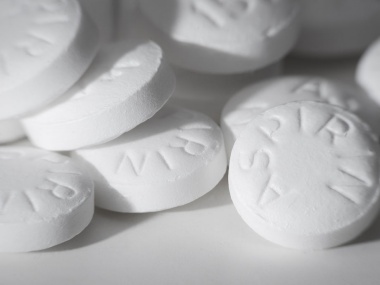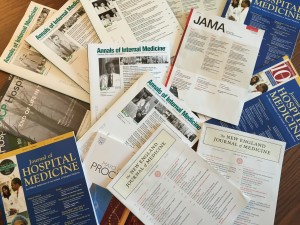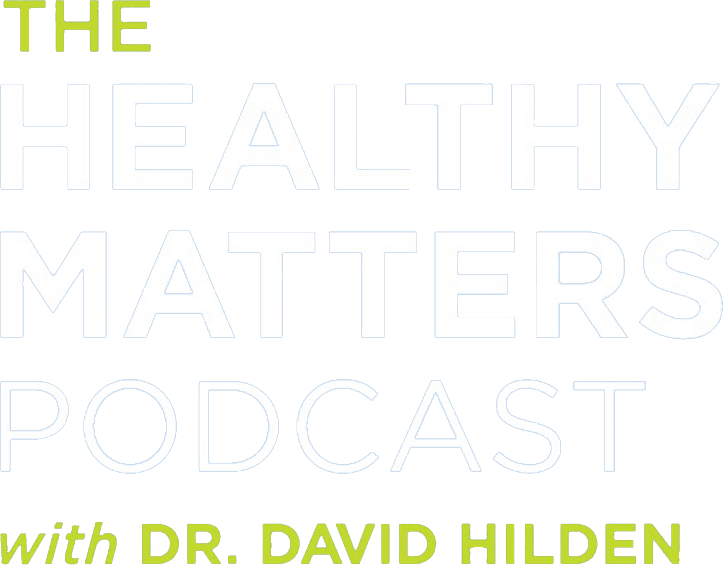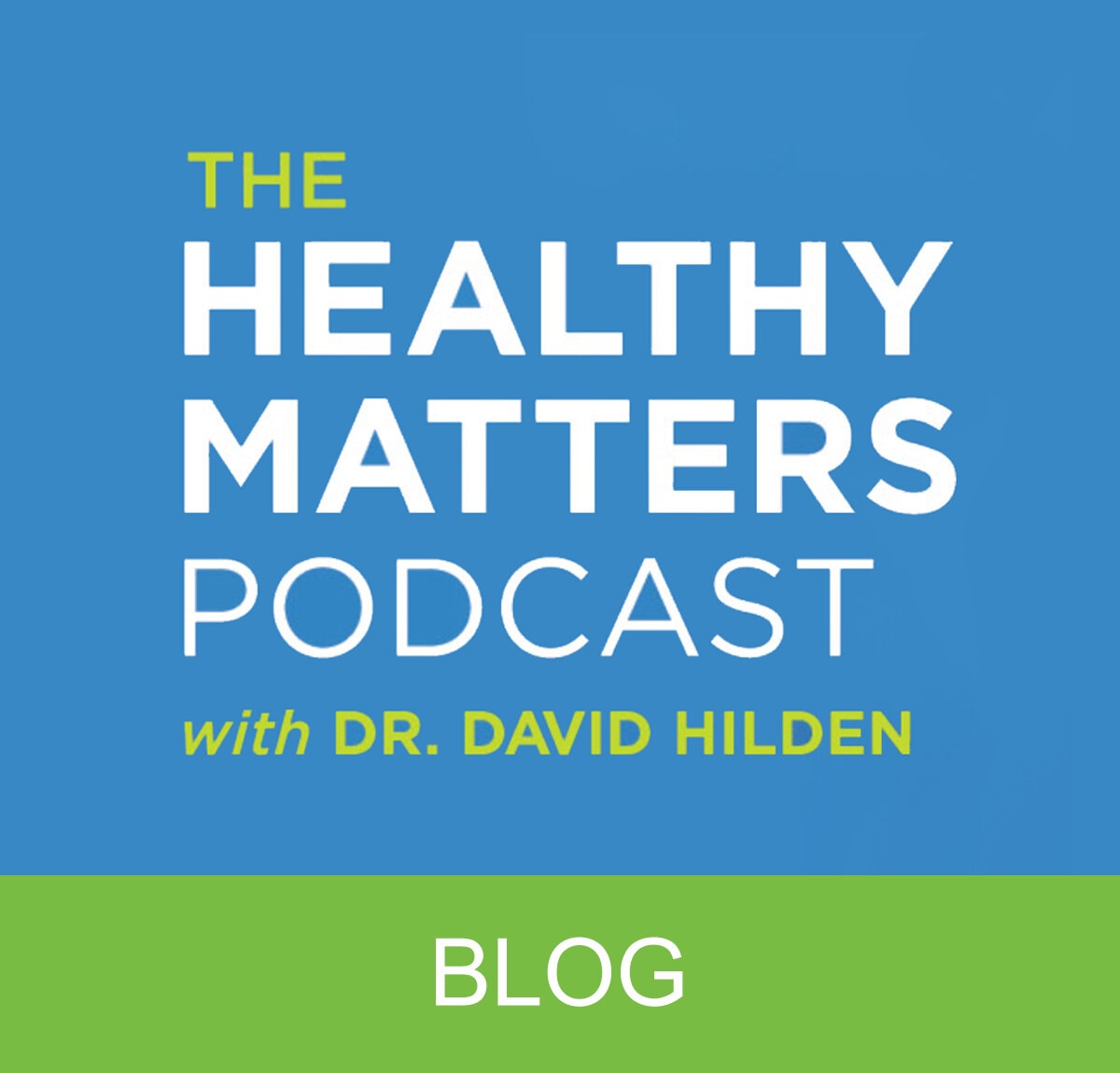Aspirin: should you take it?
 There was a big development in health care news this week. The buzz is all about the latest guidelines on aspirin since our friends at the US Preventive Services Task Force updated the recommendations. It came out in the Annals of Internal Medicine just this week on April 12, 2016. Talk about “hot off the presses” reporting, eh? This post is going to decipher the guidelines on who should take a daily aspirin to prevent heart attacks, stroke, and now even colon cancer. I think this is one of the most important topics I’ve covered yet.
There was a big development in health care news this week. The buzz is all about the latest guidelines on aspirin since our friends at the US Preventive Services Task Force updated the recommendations. It came out in the Annals of Internal Medicine just this week on April 12, 2016. Talk about “hot off the presses” reporting, eh? This post is going to decipher the guidelines on who should take a daily aspirin to prevent heart attacks, stroke, and now even colon cancer. I think this is one of the most important topics I’ve covered yet.
Consider the humble aspirin
- Descendant of willow bark
- Invented during the reign of Queen Victoria
- Known to doctors and nerdy people (that may be redundant) as acetylsalicylic acid (aka ASA to prescription-writers)
- Introduced by Bayer in 1899 as a powder to treat rheumatic conditions like gout
- Has been used for centuries (maybe without knowing why) as a pain reliever
- Almost certainly reduces risk of heart attacks , strokes, and colon cancer. Possibly reduces risks of esophageal, breast, ovarian, and maybe some other cancers as well.
Should I take an aspirin?
I should note that I’m going to stick to people who have NOT had a heart attack or stroke. Those people certainly need some kind of anti-platelet treatment and aspirin is one of the best choices for many reasons and may be helpful for secondary prevention of future problems. Here we are referring to primary prevention which means trying to prevent heart attack and stroke (and we can add colorectal cancer) in people who have never had these conditions.
So let’s get to it. What do the new guidelines say? read more…
Healing wounds, preserving limbs

Drs. Tom Masters and Nikki Bauerly visit the WCCO studio for live Healthy Matters broadcast
This post is all about wound healing, hyperbaric oxygen, and fluorescent microangiography. Now if that doesn’t get your attention . . .
Here’s a preview of what you will find in this post – lots of multimedia clips and info:
- Basics about leg wounds
- A video about hyperbaric oxygen
- A news report from TV highlighting a recent patient undergoing LUNA angiography
- Links to more information
Read on! read more…
Pearls from Medical Science – High Blood Pressure
Reading this stuff . . . so you don’t have to.
One goal of mine for this blog is to connect people to medical science. But ask any doctor – staying current on the latest in medical evidence is not easy. Look at this picture – it could be the nightstand of many a doctor. It is actually the table in my office after I simply grabbed a few recent journals from my shelf. Seriously. Glamorous it may not be, but it is oh, so important. By staying abreast of latest medical science, we can give you the best advice possible.
So every now and then I’m going to do a p ost highlighting a “Pearl from Medical Science” in which I will summarize one item from the medical literature – a pearl, if you will. Basically reading this stuff so you don’t have to. I’ll try to distill the medical jargon and heady science into something meaningful – something you can act on in your own life.
ost highlighting a “Pearl from Medical Science” in which I will summarize one item from the medical literature – a pearl, if you will. Basically reading this stuff so you don’t have to. I’ll try to distill the medical jargon and heady science into something meaningful – something you can act on in your own life.
So here goes this first pearl, which is taken from the Annals of Internal Medicine from November 2015.

